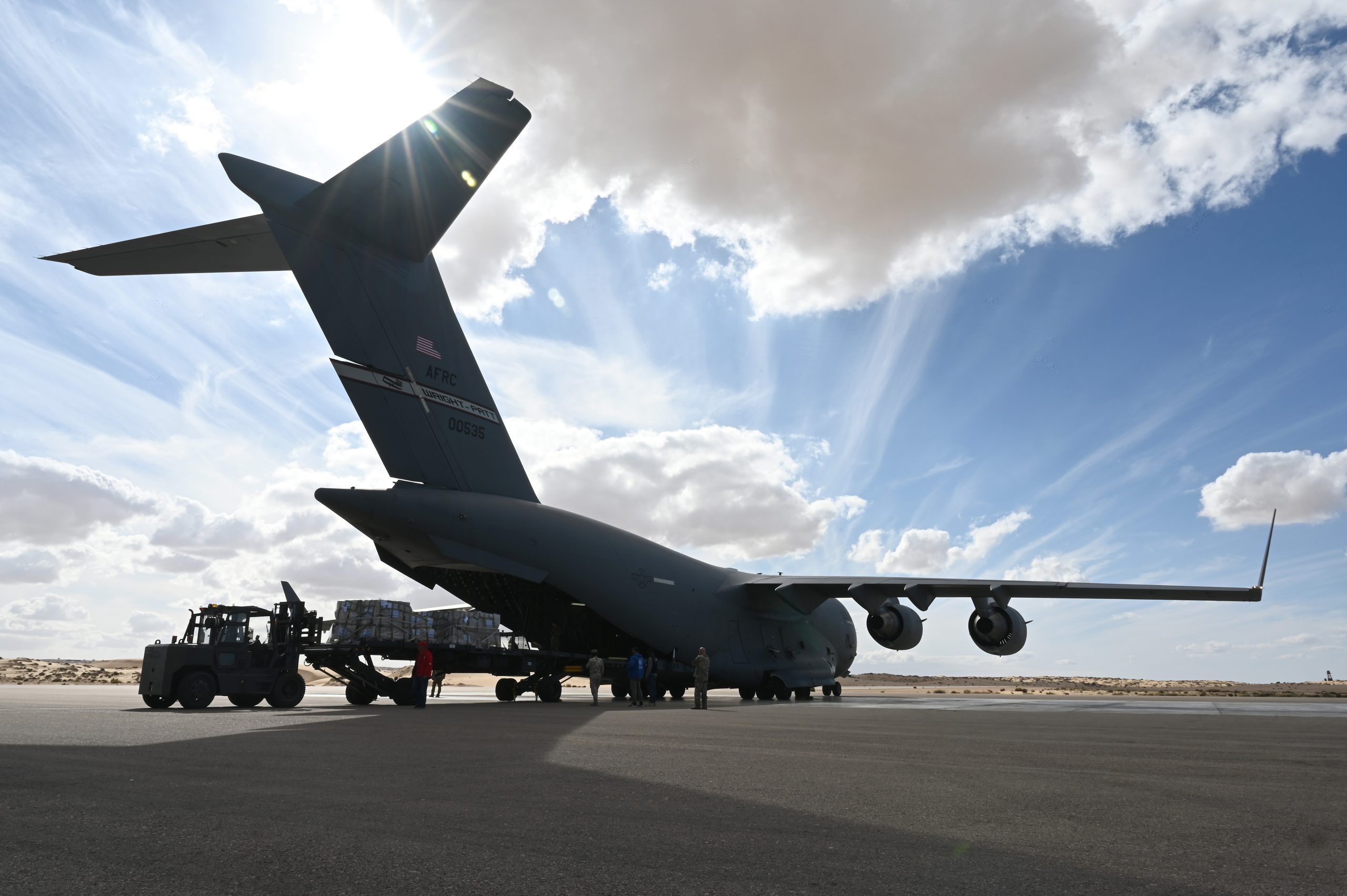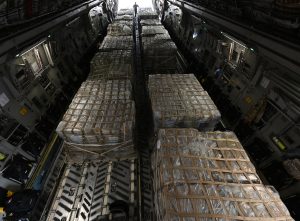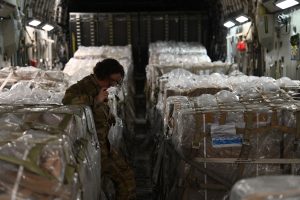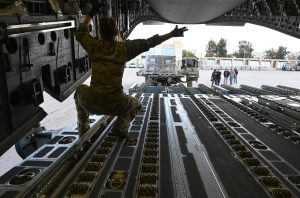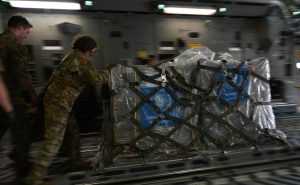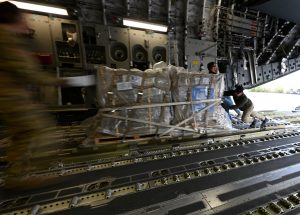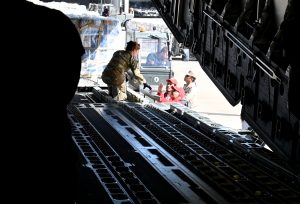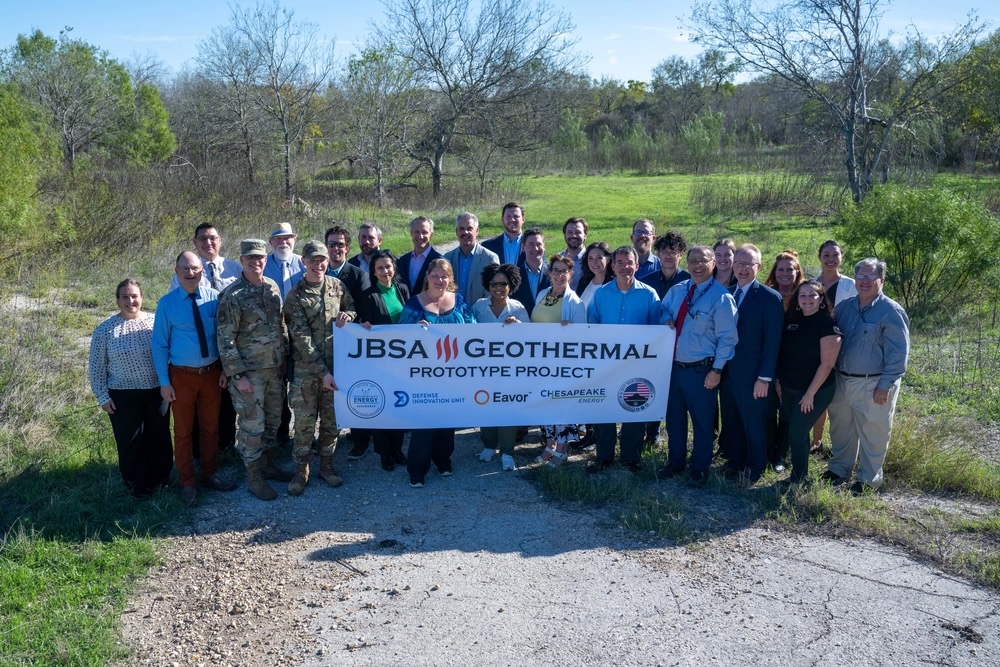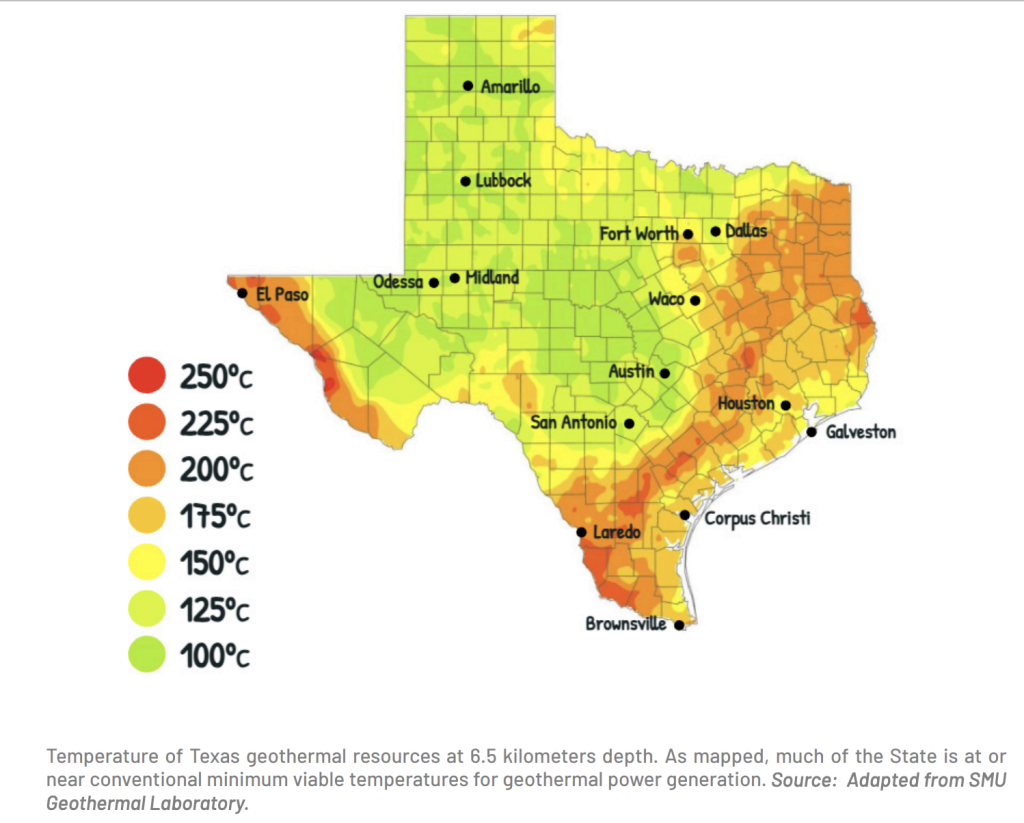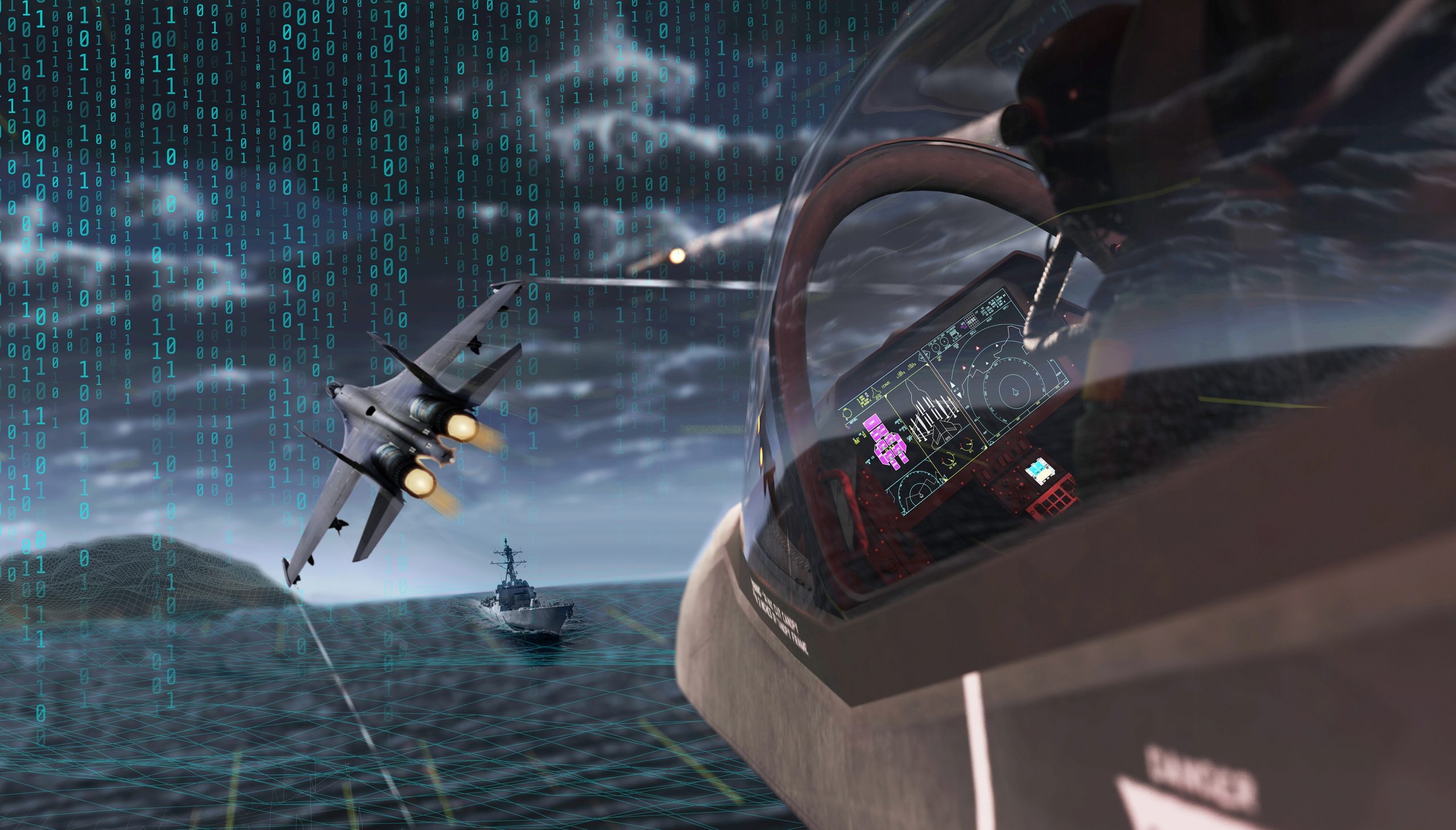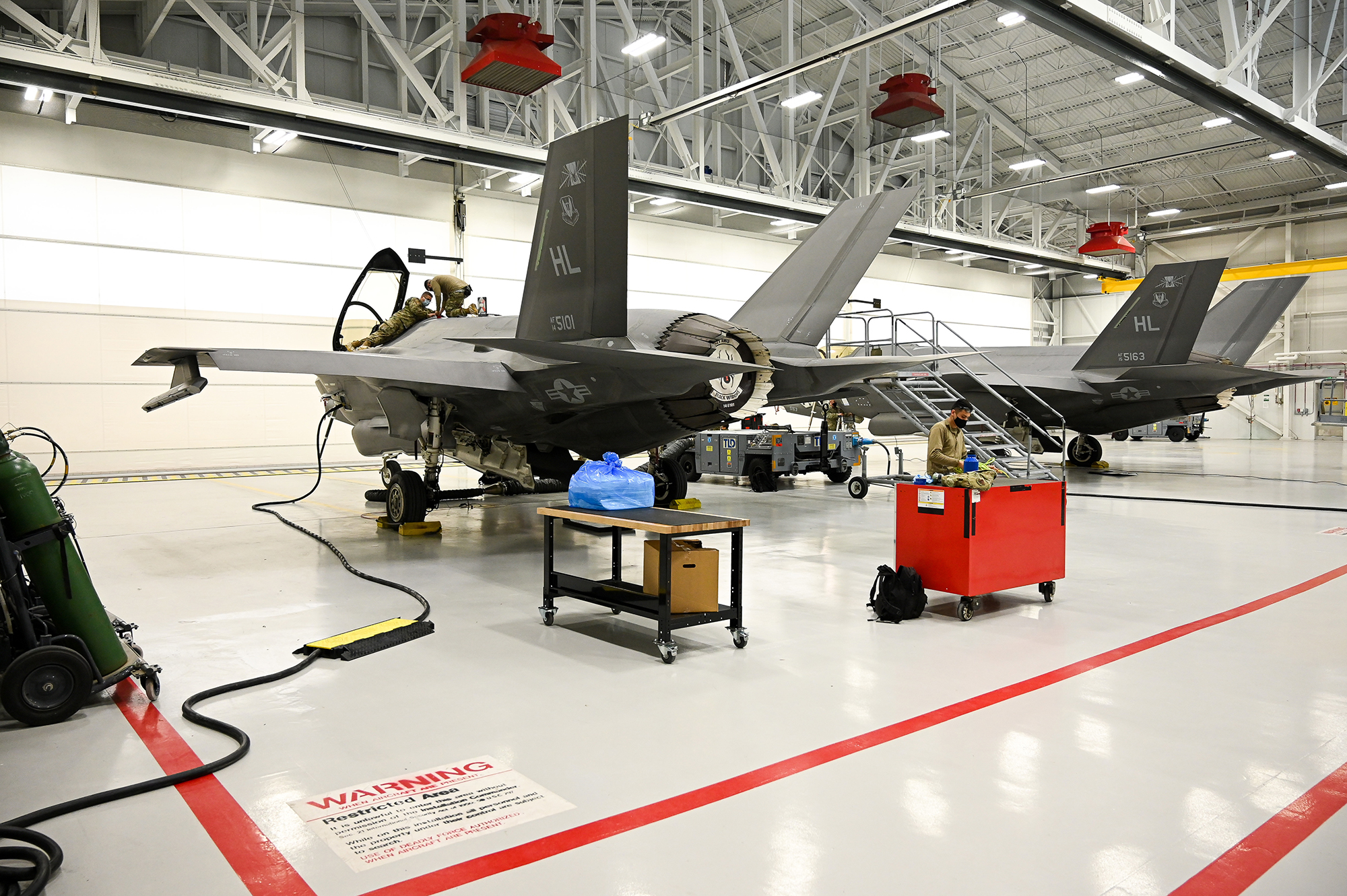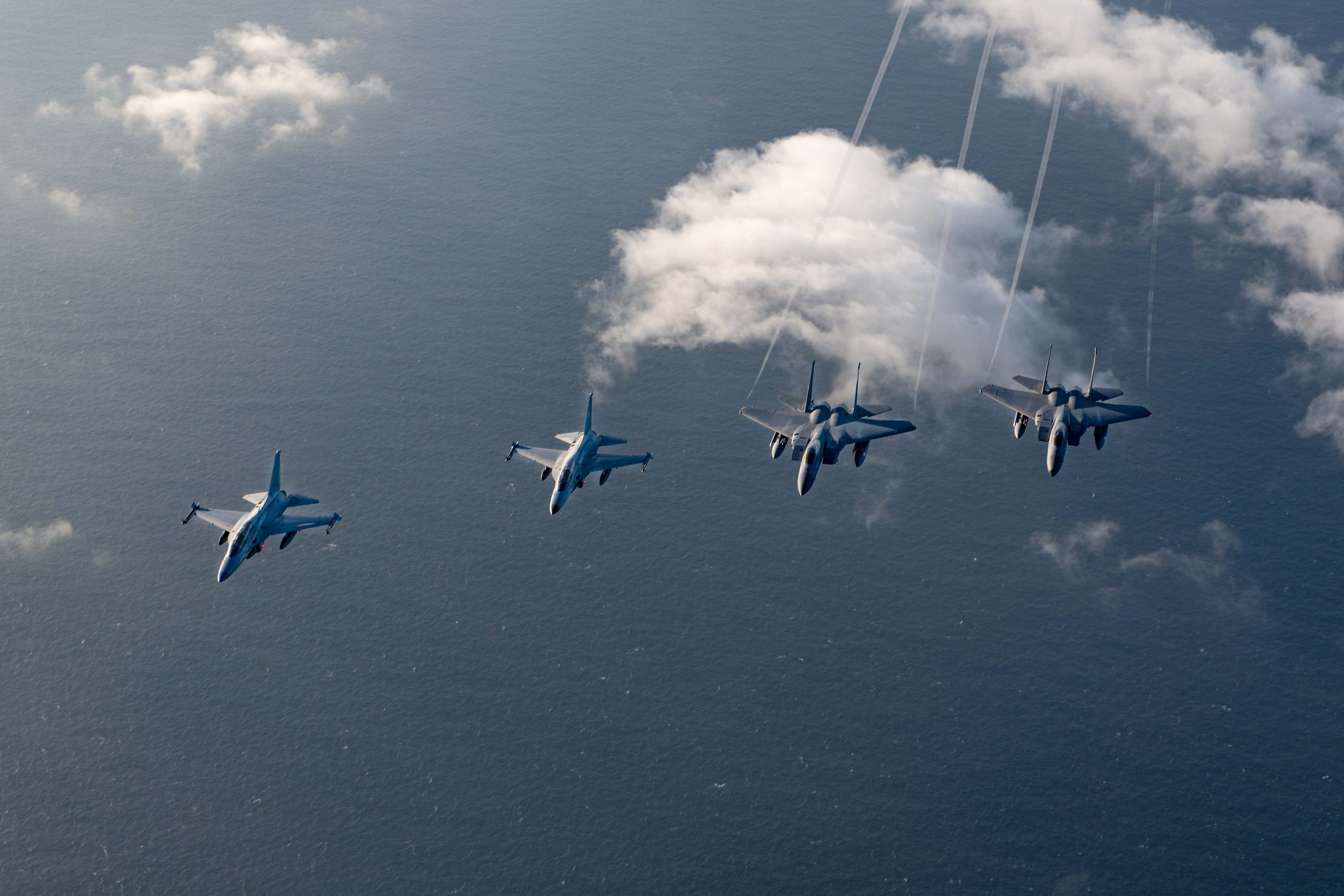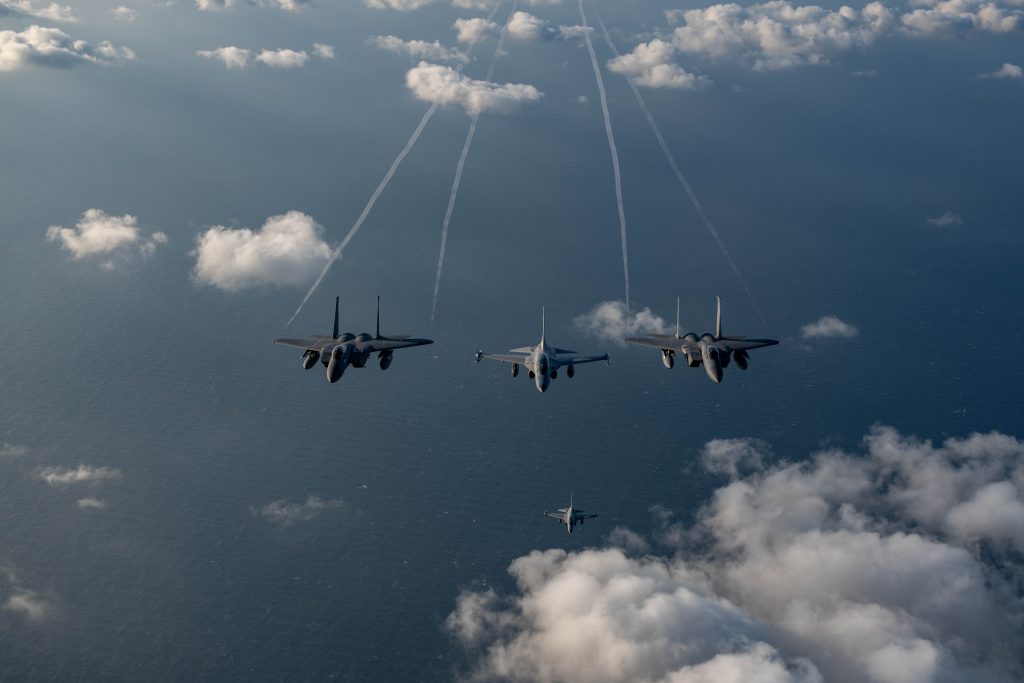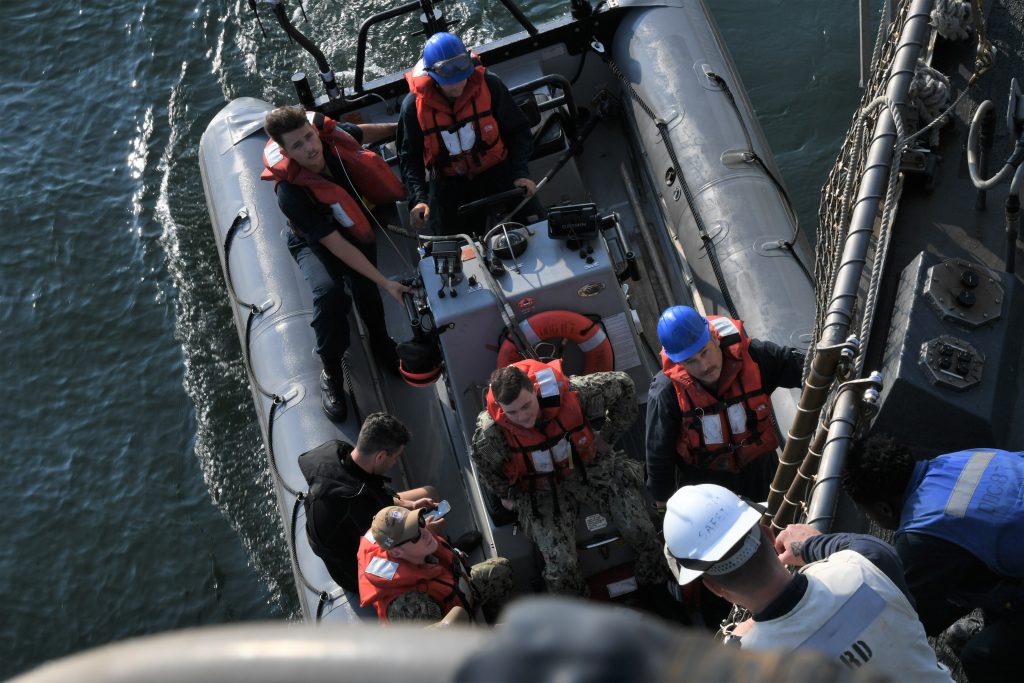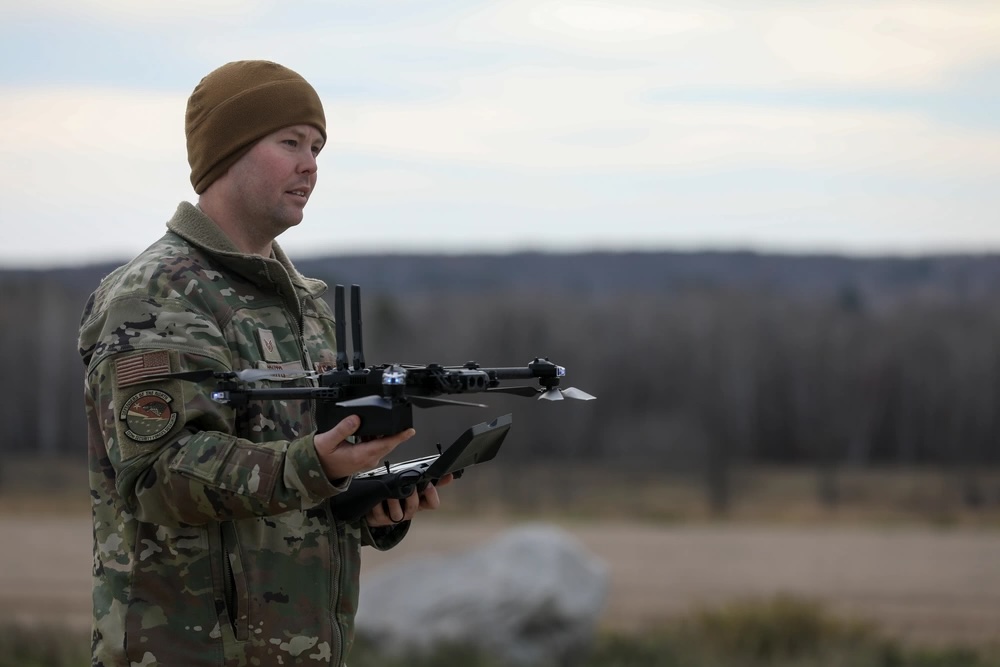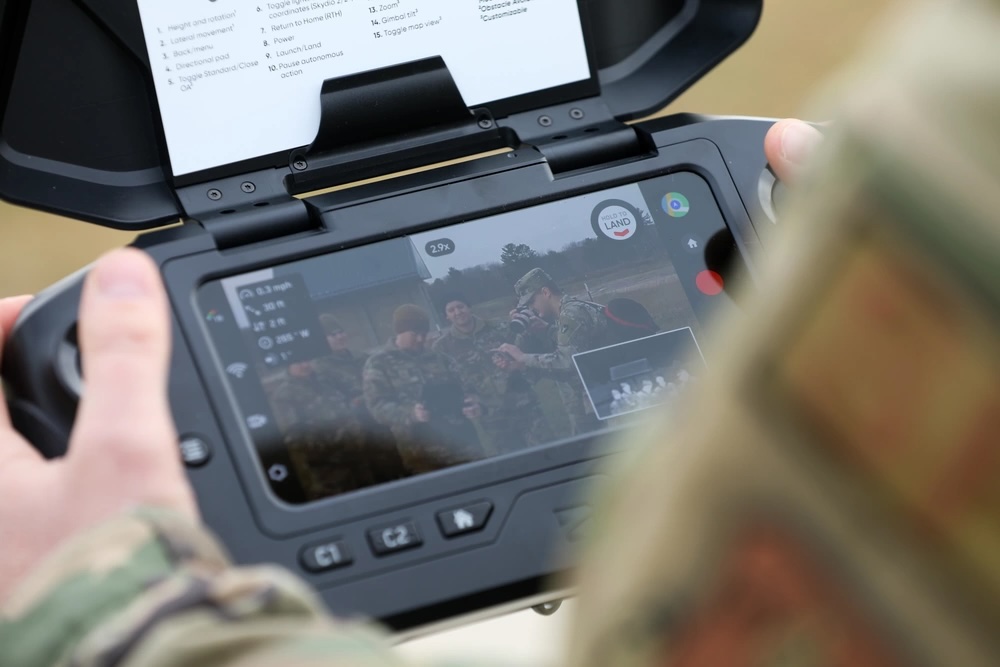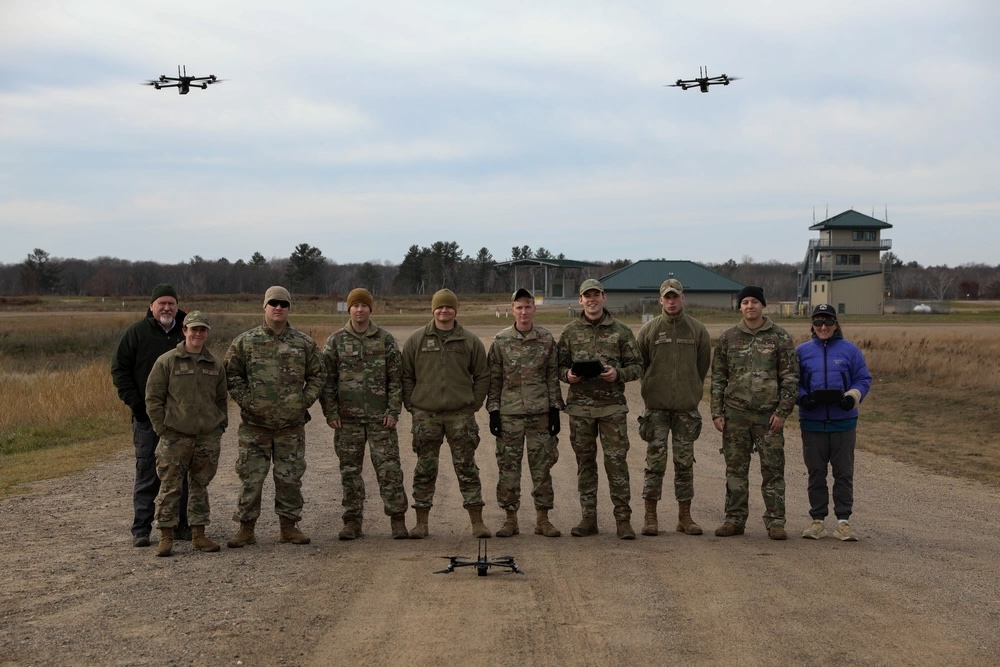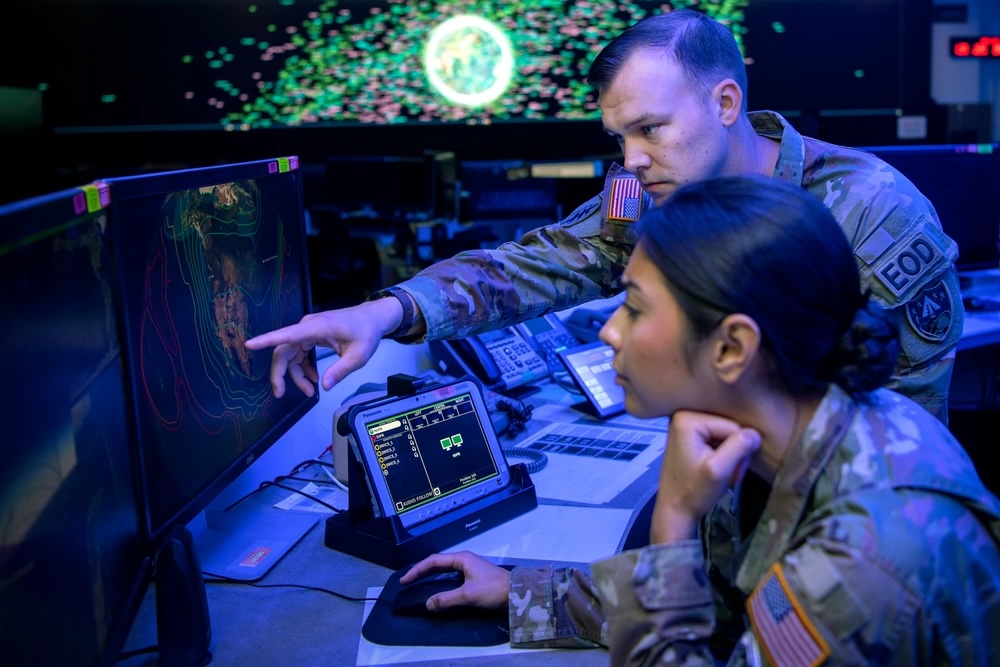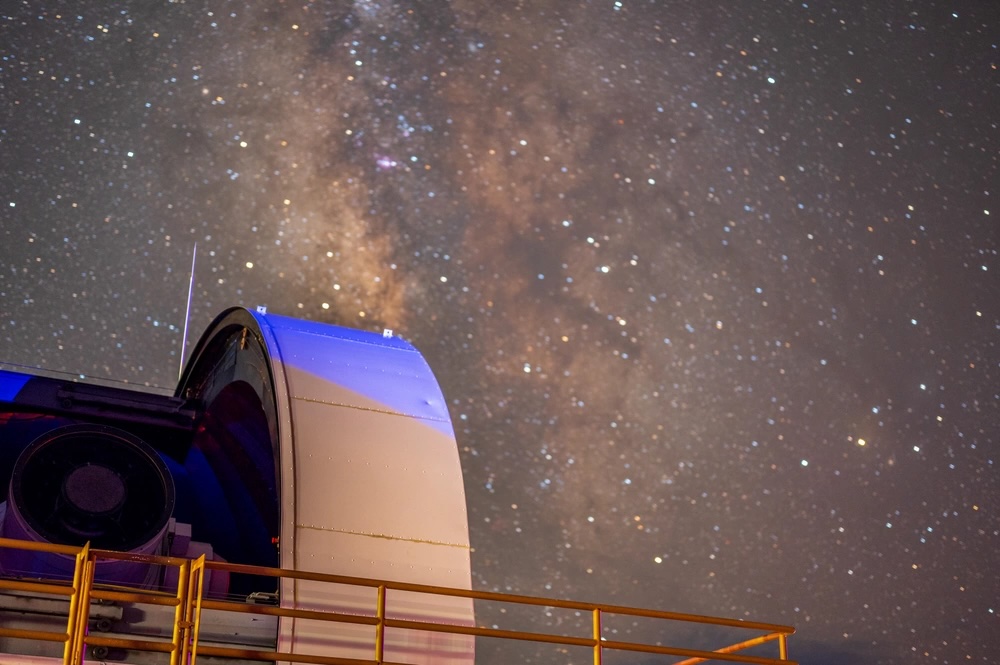A U.S. Air Force C-17 Globemaster III with humanitarian aid bound for Gaza landed in Egypt on Nov. 28, the U.S. government announced.
The flight is the first U.S. military aircraft sent to the Middle East to deliver aid for the beleaguered civilians in Gaza since the latest Israel-Hamas conflict that began Oct. 7, according to the Pentagon. U.S. officials say two more military aid flights are expected in the coming days.
The C-17 carried 54,000 pounds of aid on behalf of the U.S. Agency for International Development (USAID), the foreign humanitarian assistance arm of the American government, USAID said.
The new relief is “facilitated by the unique capabilities of the U.S. military,” a senior administration official told reporters.
According to publicly available flight tracking data, the C-17 that landed in Egypt on Nov. 28 is an Air Force Reserve aircraft that was operating as “REACH 202,” a typical Air Mobility Command callsign.
The aid includes “vitally needed medical supplies, warm clothing, and food and nutrition assistance to the people of Gaza,” Pentagon Press Secretary Air Force Brig. Gen. Patrick S. Ryder told reporters on Nov. 28. “This aid is in addition to the more than 500,000 pounds of food assistance delivered by the United States last week via USAID-contracted aircraft to El Arish, Egypt, for onward travel to Gaza.”
A temporary cease-fire between Israel and Hamas to free dozens of hostages captured by Hamas in exchange for Palestinians held in Israeli prisons “has also enabled a significant surge in additional humanitarian assistance to the innocent civilians who are suffering across the Gaza strip,” President Joe Biden said in a statement on Nov. 27. The U.S. military flights are a key step in the Biden administration’s efforts to increase humanitarian assistance.
“With 1.7 million people internally displaced and 2.2 million in need of humanitarian assistance, increased humanitarian supplies are essential to saving lives and alleviating suffering for the most vulnerable,” USAID said in a statement.
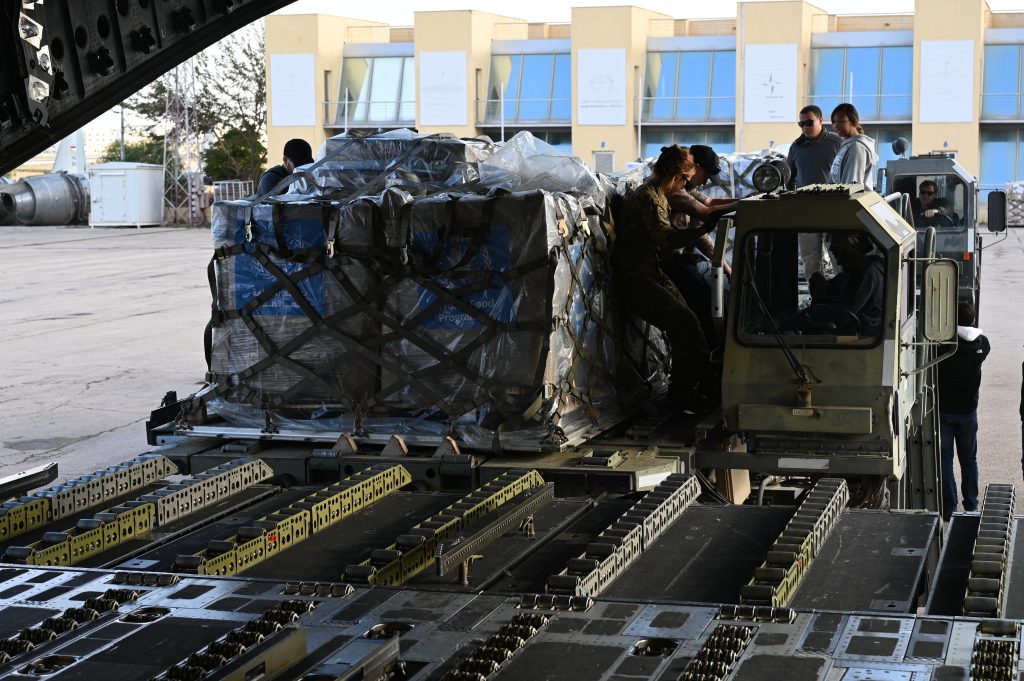
The aid will be delivered via the United Nations from the Northern Sinai region of Egypt to Gaza, U.S. officials said.
“From the president on down, we understand that what is getting in is nowhere near enough for normal life in Gaza, and we will continue to push for additional steps, including the restoration of the flow of commercial goods, and additional basic services,” a senior administration official told reporters.
Around 800 truckloads of aid were to be delivered to Gaza during the first four days of the pause in fighting, U.S. officials said. The pause was extended another two days after it was originally due to expire on Nov. 28. Another senior administration official said “this level or increased levels” of humanitarian aid to Gaza is still needed after the current pause ends.
The Air Force has also used C-17s to deliver military aid to Israel since the conflict began.
Israel has made clear it intends to resume its war in Gaza to eliminate Hamas. Secretary of Defense Lloyd J. Austin III “reiterated that humanitarian aid into Gaza must increase” in a Nov. 27 call to his Israeli counterpart Yoav Gallant, according to a readout from the Pentagon.
“Understanding the importance of protecting civilian lives, innocent civilian lives, while at the same time going after the terrorist group Hamas that inflicted pain and suffering not only on the Israeli people, but on the Palestinian people—that will continue to be a priority for us,” Ryder said.
